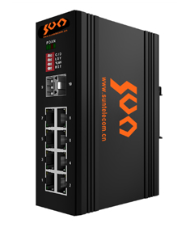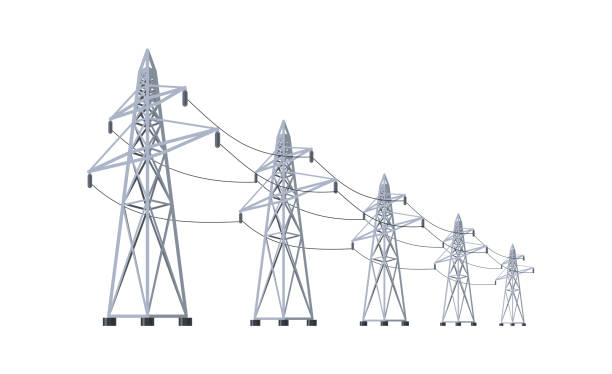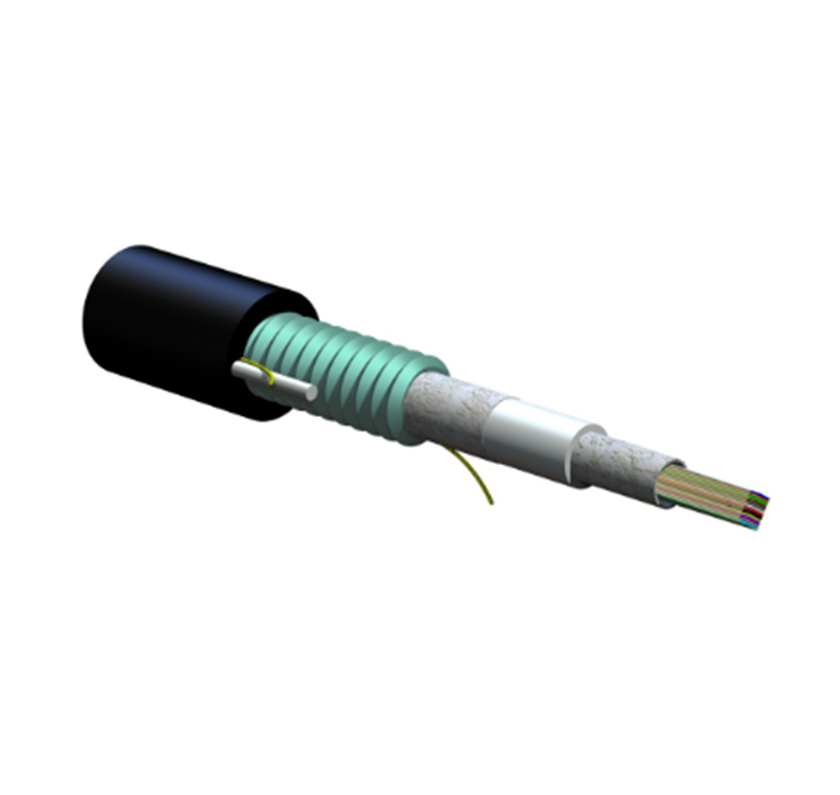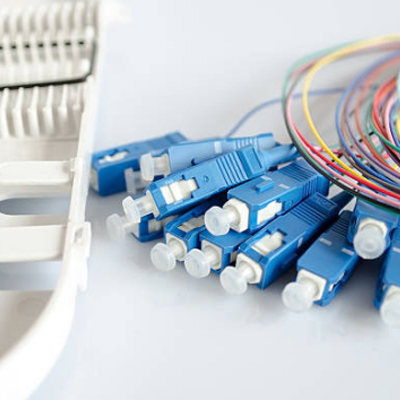

To get the best experience for our site, we recommend you upgrade to the latest version of Internet Explorer, or select another web browser, a list of the most popular web browsers can be found below
You can download the main browser here:
 Position :
Home>
News & Tutorial
>Products
Position :
Home>
News & Tutorial
>Products
Date: 2023-02-20 10:17:00




 Position :
Home
>Products
Position :
Home
>Products

With the construction of the network, the demand for All-diel...
Learn More
As we see the demands of high bandwidth double the need for...
Learn More
Fiber optic pigtail provides a fast way to make communication...
Learn More
FTTA (Fiber-to-the-Antenna) is an essential element of 5G netw...
Learn More ics@suntelecom.cn
ics@suntelecom.cn  +86 18964888554
+86 18964888554
 Building No.145, Lane 666 Xianing Road, Jinshan Industrial Zone, Shanghai 201506, China
Building No.145, Lane 666 Xianing Road, Jinshan Industrial Zone, Shanghai 201506, China
Copyright ©1989-2025 ALL Rights Reserved
ICP (Shanghai) Number: 13005159